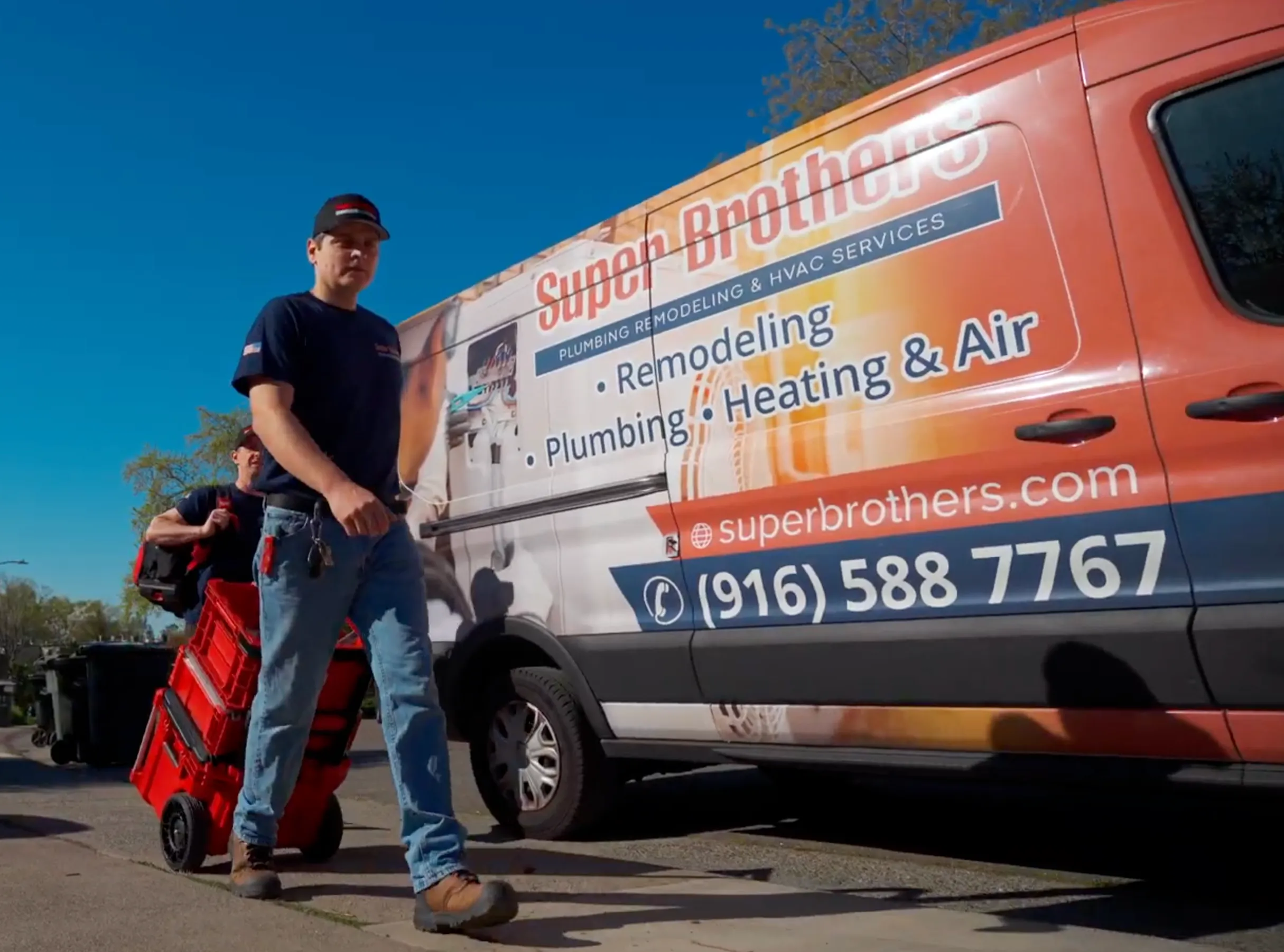If you’re considering a commercial gas line installation for your business, it’s essential to understand the various factors that influence the overall cost. From pipe materials to installation complexity, the expenses can vary significantly. In this guide, we will break down everything you need to know about commercial gas line installation costs, the process, and essential considerations to help you budget effectively and make informed decisions for your business.

Understanding Gas Line Costs
The cost of installing a commercial gas line depends on multiple factors, including location, materials, labor, and project complexity. Here’s what you need to consider:
1. Average Cost
On average, a commercial gas line installation costs between $500 to $2,000 per 10 linear feet of piping, including materials like valves and installation labor. However, the total expense will vary based on the length of the piping required, fuel type, and location.
2. Contributing Factors
Several factors can impact the final cost:
- Distance Between Gas Source and Appliances: The farther your appliances are from the gas source, the longer the gas line, which increases both material and labor costs.
- Permits and Inspections: Local regulations often require permits and inspections, which add to the overall expense.
- Labor Costs: Labor makes up a significant portion of the installation cost, with rates varying based on location and project complexity.
3. Importance of Budgeting
Proper budgeting is crucial to avoid unexpected financial burdens. A well-planned budget helps you allocate funds for permits, labor, materials, and any other additional expenses, ensuring that your project is completed on time and without any financial surprises.
Factors Influencing Installation Expenses
1. Location Impact
The location of your project plays a significant role in determining the cost. In urban areas, where permits are often more expensive and space is limited, installation costs tend to be higher. On the other hand, rural installations might have lower permit costs but higher transportation fees for materials and equipment.
2. Project Complexity
Complex projects that involve intricate piping systems, trenching, or navigating around obstacles will increase the overall installation costs. Simpler projects, such as straightforward installations with fewer turns and connections, tend to be more affordable.
3. Material Choices
The materials you choose for your gas lines will also impact the final cost. While black iron pipes are a budget-friendly option, stainless steel or HDPE pipes may offer better longevity and lower maintenance costs but come at a higher upfront cost.
Breakdown of Grill Gas Line Costs
If you’re installing a gas line for a commercial grill, here’s a breakdown of the associated costs:

1. Installation Costs
Installing a gas line for a grill typically costs between $200 to $1,000, depending on the complexity of the project. Labor charges can range from $50 to $150 per hour, while materials typically add another $2 to $10 per linear foot.
2. Permit Fees
Permit fees vary by location, typically falling within the range of $50 to $300. Make sure to account for these fees in your budget to avoid any delays in the project.
3. Inspection Charges
After installation, an inspection will be required to ensure the system complies with safety standards. Inspection fees generally range from $50 to $150, depending on local regulations.
Pipe Material and Cost Analysis
The choice of pipe material is one of the most critical factors in determining the cost and durability of your commercial gas line installation. Here’s a quick comparison of some common materials:
1. Black Iron Pipes
- Cost: Affordable, but requires regular maintenance.
- Durability: Strong and capable of withstanding high pressure but prone to corrosion.
- Usage: Ideal for indoor applications where corrosion is less of a concern.
2. Galvanized Steel
- Cost: More expensive than black iron.
- Durability: Provides better corrosion resistance due to its zinc coating.
- Usage: Suitable for outdoor applications but may require more maintenance over time.
3. Stainless Steel
- Cost: High initial cost.
- Durability: Extremely durable and resistant to corrosion, making it a cost-effective long-term option.
- Usage: Best for outdoor installations and high-pressure systems.
4. High-Density Polyethylene (HDPE)
- Cost: Mid-range pricing with low maintenance costs.
- Durability: Lightweight, flexible, and resistant to chemicals.
- Usage: Ideal for underground installations due to its flexibility and corrosion resistance.

Permits, Length, and Labor Considerations
1. Permit Requirements
Obtaining permits for commercial gas line installations is essential to ensure compliance with local safety codes. Failure to secure the proper permits can result in fines and project delays.
2. Length of Gas Line
The cost of installation is typically calculated per linear foot, meaning longer gas lines will require more materials and labor. The length of the line is one of the most significant cost drivers in gas line installations.
3. Labor Considerations
Gas line installation involves a range of labor tasks, from excavation to pipe fitting. The complexity of the project can increase labor costs, especially in urban areas where permits and space constraints can make installation more challenging.
4. Inspections and Safety
Once the gas line is installed, a final inspection is required to ensure that the system meets all safety standards. Inspections are critical for ensuring that the gas line is properly installed and safe to use.
Underground vs. Above Ground Installation
When installing a commercial gas line, you can choose between underground and above-ground installation. Here’s how the two compare:
1. Cost Comparison
Underground installations tend to be more expensive due to the additional labor involved in excavation. However, above-ground installations are more accessible and typically less costly.
2. Benefits of Underground Installation
Underground installations are more aesthetically pleasing, as the pipes are hidden from view. This method also protects the pipes from accidental damage and extreme weather conditions.
3. Above-Ground Installation
Above-ground installations are easier to maintain and access for repairs but are more exposed to potential damage from environmental factors.
Summary
Commercial gas line installations are complex projects with various factors influencing the final cost. The length of the line, materials, labor, and permits all contribute to the total expenses. When planning your project, it’s essential to budget for each component and consider whether an underground or above-ground installation best suits your needs.
Take the time to evaluate your specific requirements and gather multiple quotes from contractors to ensure you get the best deal. At SuperBrothers, we offer comprehensive gas line installation services and are happy to provide guidance to ensure your project is completed efficiently and cost-effectively.



